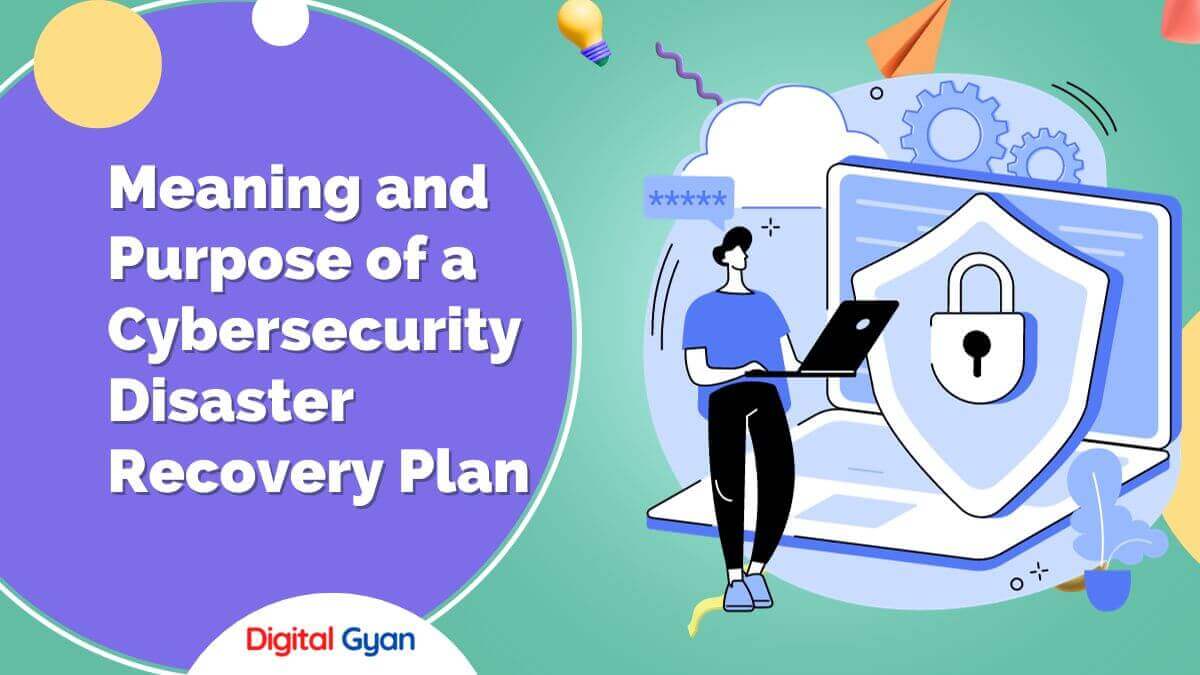Pros and Cons of Remote Desktop Service and How to Monitor it
Remote desktop service (RDS) is a type of technology that enables you to sit at a computer and connect to a remote computer (host computer) in another location.
In other words, you can access your office computer from your home desktop and use all of your files, applications, and network services as you do on your office computer.
You need to leave your office computer on with programmes running, and when you get home, you can watch your work computer’s desktop on your home computer with the same programmes running.
Industry Application Remote Desktop Service
RDS is successfully used in a variety of businesses to manage IT infrastructure. By leveraging RDS, new apps or upgrades can be deployed on all machines via a single command, eliminating the need to do it manually. Additionally, various computer faults can be found and debugged by remotely accessing the damaged machine.
In the education field, several educational institutions are using RDS to offer students the option of distance learning. Students can learn, watch a presentation, or do exercises by getting connected to a computer at their school.
RDS is also being used in the telecommuting sector. Many telecommuting opportunities are available these days wherein an employee can work from anywhere with access to a PC with an internet connection.
Advantages and Disadvantages of Remote Desktop Programs
With the availability of high-speed internet connectivity, you may now host your software programs remotely, allowing worldwide organizations to effortlessly access shared applications without requiring an IT specialist or extensive computer experience.
The advantages of a Remote Desktop are:
Disaster Recovery
In RDS, there is no fear of losing any data by theft or disaster because all documents and files are stored in secure data centres. All connections to your remote desktop are encrypted to ensure your correspondences are safe and secured from being hacked.
In addition, RDS also allows for easy access to your remote desktop from anywhere with an internet connection, making it a convenient and efficient solution for remote work. It also provides flexibility by allowing multiple users to access the same desktop simultaneously, making collaboration easier. With its reliable and secure features, RDS is a great choice for businesses and individuals who want to protect their sensitive information and ensure their work is always backed up and accessible.
Freedom to Work from Anywhere
This system enables you to move with your laptop or computer system and work seamlessly from anywhere, anytime. COVID-19 helped us realize the value of working from home and gave rise to the Work-From-Home (WFH) concept.
Cost-Effective
This remote desktop system will greatly reduce your expenses in acquiring the Microsoft Office Suite as it typically comes bundled with a comprehensive remote IT system package. It is a cost-effective solution that provides you with all the necessary tools and features of the Office Suite, thus eliminating the need for a separate purchase. Additionally, this system offers numerous other benefits and functionalities, making it a highly efficient and economical choice.
The requirement of Robust RDS
The remote desktop service should be powerful enough to monitor all connections. As several computers are monitored through a centralized RDS, the RDS capacity needs to be powerful enough to take the functional load of multiple computer systems, or else the entire setup may go haywire.
RDS Monitoring Required
The remote desktop service is a crucial component of modern IT infrastructure, enabling remote access to critical systems and data. However, it also represents a significant source of risk when it comes to downtime.
If the remote desktop service fails, it can bring down the entire system, resulting in lost productivity, revenue, and damage to the organization’s reputation. That’s why it’s essential to have an RDS monitoring system in place to detect issues before they escalate and ensure that the service remains up and running.
The requirement of a Reliable Network
The performance of the system is also impacted by the network’s credibility. The entire system will be down if the network of remote desktop services is disrupted.
Right Adjustment in Network Required
The network should be adjusted and sized suitably to ensure that it does not become the bottleneck when remote desktop services are established.
Knowledgeable Administrator
The administrator needs to be skilled, have the necessary knowledge, and be available during business hours.
Remote Desktop Services Monitoring
Given the preceding advantages and downsides, it is necessary to have an RDS monitoring system in place to ensure that the system’s functionality, availability, responsiveness, and acceptable performance are maintained.
This remote desktop services monitoring system normally generates a real-time alert if an issue with the RDS-accessed application is observed. This notice allows IT personnel to correct the problem before it causes system disruptions for end users.

